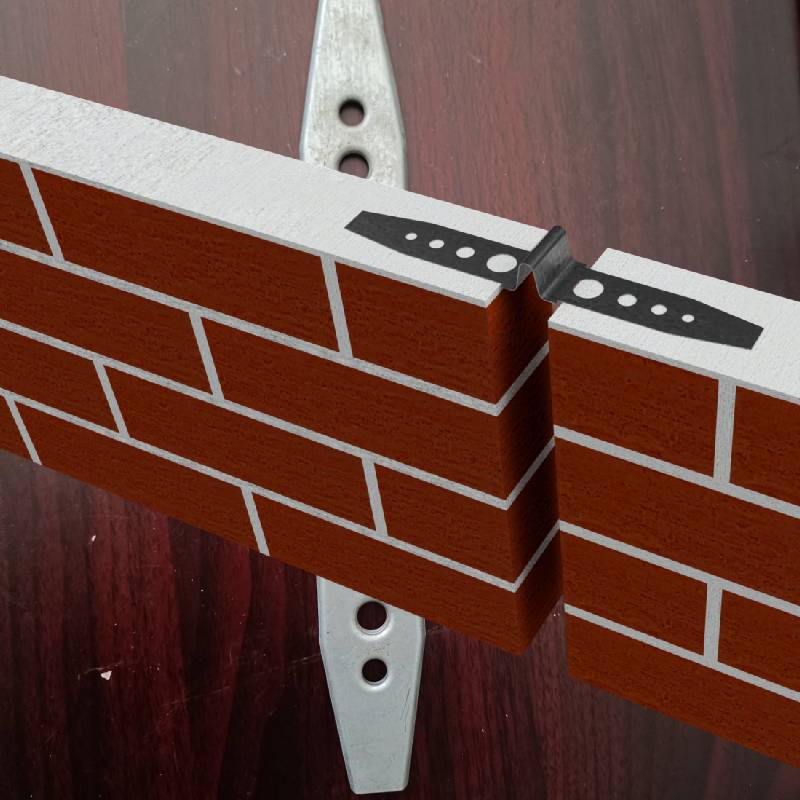
- Mobile Phone
- +8613931874955
- sales@cntcmetal.com
Horizontal Reinforcement Techniques for Masonry Structures and Their Benefits
Horizontal Masonry Reinforcement Enhancing Structural Integrity
Masonry construction has long been a staple of building techniques, offering durability and aesthetic appeal. However, as with any construction method, masonry structures face various challenges, particularly when it comes to handling lateral loads and potential cracking. One effective solution to enhance the structural integrity of masonry construction is the implementation of horizontal masonry reinforcement. This article delves into the importance, types, applications, and benefits of horizontal masonry reinforcement in creating robust and durable structures.
Importance of Horizontal Masonry Reinforcement
Masonry walls, while generally strong in compression, can be vulnerable to tension and lateral forces. These forces can arise from environmental factors, such as wind and seismic activity, as well as from internal pressures, like those created by settling or differential movement. Horizontal reinforcement plays a critical role in mitigating these issues by providing additional strength and ductility to the masonry. It helps to brace the wall and hold it together, distributing loads more evenly and preventing cracking and failure.
Types of Horizontal Masonry Reinforcement
There are several types of horizontal masonry reinforcement that builders and engineers may choose from, depending on the specific needs of the project
1. Steel Reinforcement Bars (Rebar) One of the most common forms of horizontal reinforcement consists of steel rebar placed in horizontal slots within the masonry wall. This rebar can significantly increase the tensile strength of the wall, particularly when combined with vertical reinforcement.
2. Masonry Units with Reinforcement Channels Some masonry units are designed with built-in channels for horizontal reinforcement. These precast units allow for easy installation and consistent reinforcement throughout a structure.
3. Fiber-Reinforced Polymer (FRP) An alternative to traditional steel reinforcement is the use of FRP, which offers high tensile strength while being lightweight and resistant to corrosion, making it ideal for harsh environments.
4. Wire Fabrics Steel wire mesh can also be employed as horizontal reinforcement. Installed within the mortar joints, this mesh can help to distribute loads and reduce cracking risks.
Applications of Horizontal Masonry Reinforcement
Horizontal masonry reinforcement is commonly used in various applications, including
- Residential Construction Homes often utilize horizontal reinforcement in basement walls and load-bearing walls to resist lateral forces and enhance stability.
horizontal masonry reinforcement

- Commercial Structures Larger commercial buildings must withstand significant loads and are frequently designed with comprehensive horizontal reinforcement to ensure structural safety
.- Retaining Walls Horizontal reinforcement is crucial for retaining walls, where lateral earth pressures can lead to movement and failure without proper support.
- Seismic Reinforcement In earthquake-prone areas, buildings require robust horizontal reinforcement to absorb and dissipate seismic forces effectively.
Benefits of Horizontal Masonry Reinforcement
The advantages of incorporating horizontal masonry reinforcement into construction practices are numerous
1. Improved Load Distribution By reducing localized stress concentrations, horizontal reinforcement ensures that loads are more evenly distributed throughout the structure.
2. Increased Structural Ductility Additional reinforcement provides the capacity for some deformation without failure, which is especially important in seismic regions.
3. Enhanced Durability Structures that are better equipped to withstand environmental stresses are likely to experience less damage over time, reducing maintenance costs.
4. Crack Prevention Horizontal reinforcement helps in directing tensile forces and mitigating the risk of cracking, thereby extending the life of masonry walls.
5. Design Flexibility The use of various reinforcement materials offers architects and engineers flexibility in design, enabling more creative and diverse masonry solutions.
Conclusion
In conclusion, horizontal masonry reinforcement is essential for enhancing the resilience and stability of masonry structures. By understanding the types, applications, and benefits of horizontal reinforcement, builders and designers can significantly improve the performance of their projects. As construction practices continue to evolve, the strategic incorporation of horizontal masonry reinforcement will remain a key factor in ensuring the longevity and safety of masonry buildings, ultimately contributing to the development of sustainable and resilient urban environments.
share:
-
Why Sacrificial Formwork Is Redefining Underground ConstructionNewsJun.06,2025
-
The Structural Dynamics of Modern Concrete: How Snake Spacers Revolutionize Flexible ReinforcementNewsJun.06,2025
-
Snake Spacers Smart-Lock Concrete Reinforcement with Surgical PrecisionNewsJun.06,2025
-
Snake Spacers: Reinforcement Precision for Modern Concrete ProjectsNewsJun.06,2025
-
Snake Spacers Powering Concrete's Structural DNANewsJun.06,2025
-
Slither into Success: Snake Spacers' Precision Bite for Unbreakable ReinforcementNewsJun.06,2025
-
Sacrificial Formwork: Building Stronger, Faster, and Safer StructuresNewsJun.06,2025



















